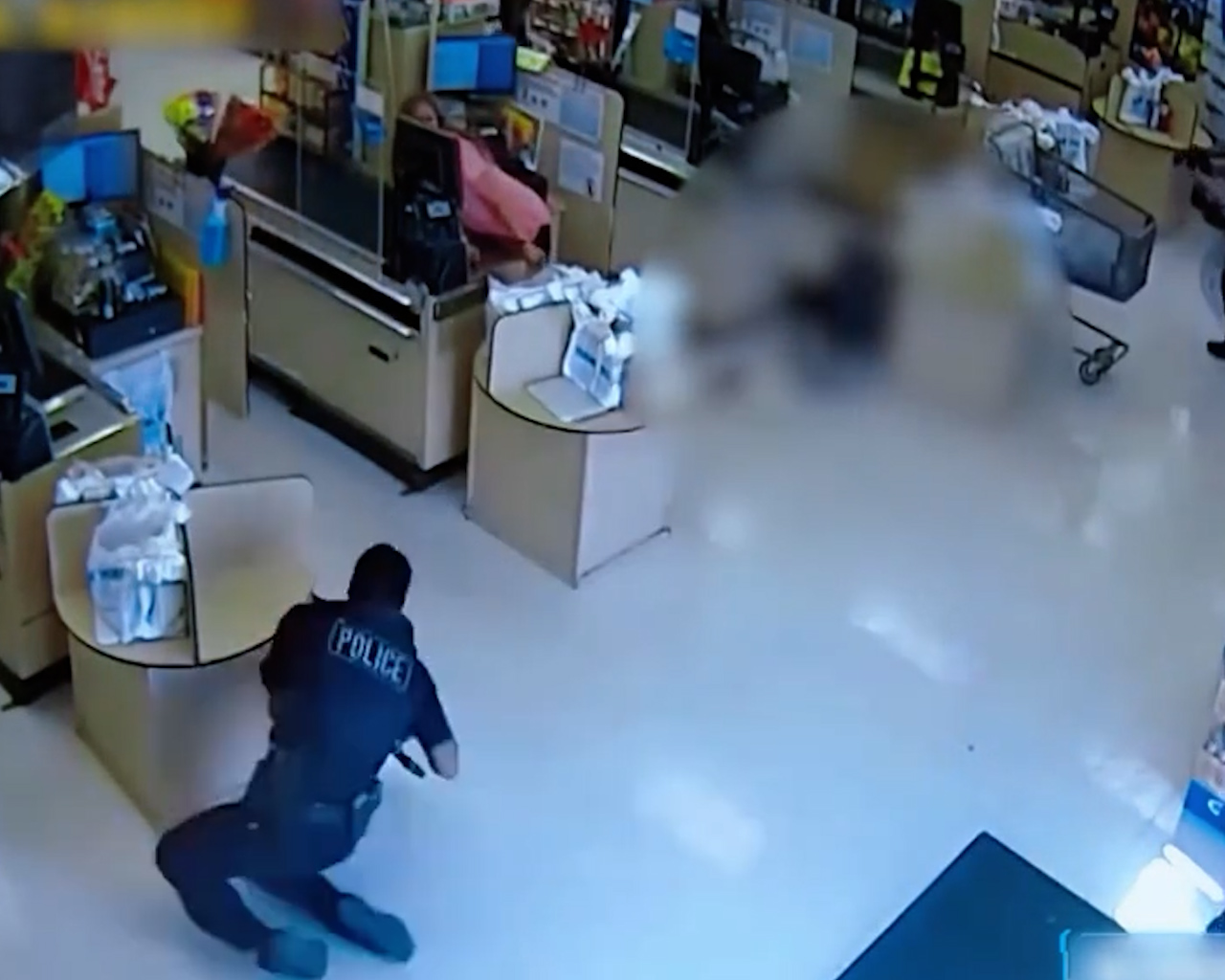
A series of high-risk incidents across the United States has drawn public attention to the extreme pressure law-enforcement officers face during life-threatening situations.
One case unfolded in Biquiu, New Mexico, when officers attempted to detain a wanted suspect after identifying his vehicle. The man repeatedly ignored commands and attempted to flee, forcing officers to pursue him into a store. Inside, the suspect displayed a firearm, escalating the situation instantly. Officers, seeing an immediate threat, responded according to protocol. Although emergency aid was administered, the suspect did not survive. A later search revealed multiple weapons and contraband in his vehicle, and records showed he had previously failed to appear in court.
In another case in Seattle, officers worked with a cybercrime task force to arrest a suspect involved in a child-exploitation investigation. When the officers moved in, the suspect made a sudden threatening action. The officers reacted within seconds, preventing further harm. One officer sustained a non-fatal injury during the confrontation. Investigators later discovered the suspect had targeted numerous minors online, prompting renewed discussion about digital safety and online-exploitation laws.
A third incident in Ohio highlighted the emotional toll police work can take. Officers responded to reports of an armed man threatening pedestrians. During the encounter, the suspect suddenly pointed what appeared to be a firearm toward officers. After the shooting, it was discovered the object was a replica. Although the officer’s actions complied with legal standards—he acted to protect public safety—the emotional impact on him was immediate and profound, illustrating how deeply such incidents affect law-enforcement personnel.
Collectively, these cases demonstrate not only the dangers of police work but also the intense split-second decisions officers must make to protect the public, often at great personal cost.




